Tags: Hubble Space Telescope
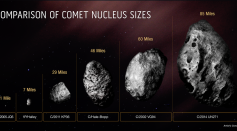
'Megacomet' Bernardinelli-Berstein: The Largest Comet Nucleus Ever Discovered Is Bigger Than Rhode Island

Hubble Captures 12.9-Billion-Year-Old Star Earendel, Oldest Stellar Ancestor Ever Discovered

Hubble Space Telescope Captures Stunning View of the Galaxy 60 Million Light-Years from Earth in the Constellation Coma Berenices
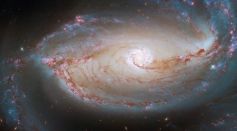
Eye of the Galaxy: Hubble Space Telescope Focuses On A Distant Barred Spiral Galaxy

Hubble Space Telescope Captures a Nike Logo in the Sky? What's The Story Behind The Stunning Photo?
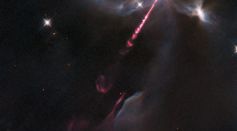
Hubble Space Telescope Captures Laserjet 'Tantrums' of Young Star in Orion [LOOK]

NASA Hubble Space Telescope Captures Triangular Firestorm Between Two Galaxies; 'Space Triangle' Looks Like Real Life Star Wars

NASA Hubble Space Telescope Captures Stunning Photo of 3 Galaxies Tearing Each Other Apart

NASA Hubble Space Telescope Spots a Weird Pair of Interacting Galaxies
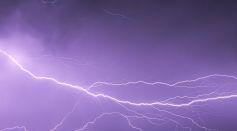
NASA Shares Breathtaking Cosmic Phenomena Resulting From Interaction Of Merging Galaxies, Star And Guitar Nebula [See Photos]

What’s Your Birthday Astronomy Image? Here’s What NASA’s Hubble Space Telescope Captured On Your Special Day

NASA Hubble Space Telescope Captures Weird Starball 117 Million Light Years Away

[LOOK] NASA Hubble Space Telescope Shares Stunning Photo of Interacting Galaxies
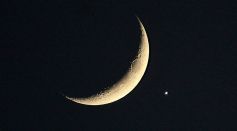
New Exomoon Twice the Size of Earth Revolves Around Jupiter-Sized Exoplanet

NASA Nancy Grace Roman Telescope Captures Millions of Galaxies in New Simulation Photo

James Webb Space Telescope Antenna Assembly Expected to Relay Clear Imaging, Ground Control Data

NASA James Webb Space Telescope Christmas Eve Launch: Estimated Time of Departure Unveiled

James Webb Space Telescope: NASA Observatory Will Show Us How Galaxies Are Formed
Hubble Space Telescope Reveals Knots, Filaments Wrapped Around White Dwarf; Gas Expanding Into Space Spotted

NASA James Webb Telescope Just Got Fueled; Set to Launch 3 Days Before Christmas
Most Popular

Will Earth's Magnetic Poles Flip Next? Magnetic Pole Reversal Explained Through Cutting‑Edge Magnetosphere Science

How Lightning Science Reveals Why Charged Storms Are Rising with Global Warming Effects

Relativity Time Dilation Explained: The Physics of Time and Why It Moves Differently in Space

De-Extinction vs. Conservation Science: Which Approach Protects Biodiversity Most Effectively?





